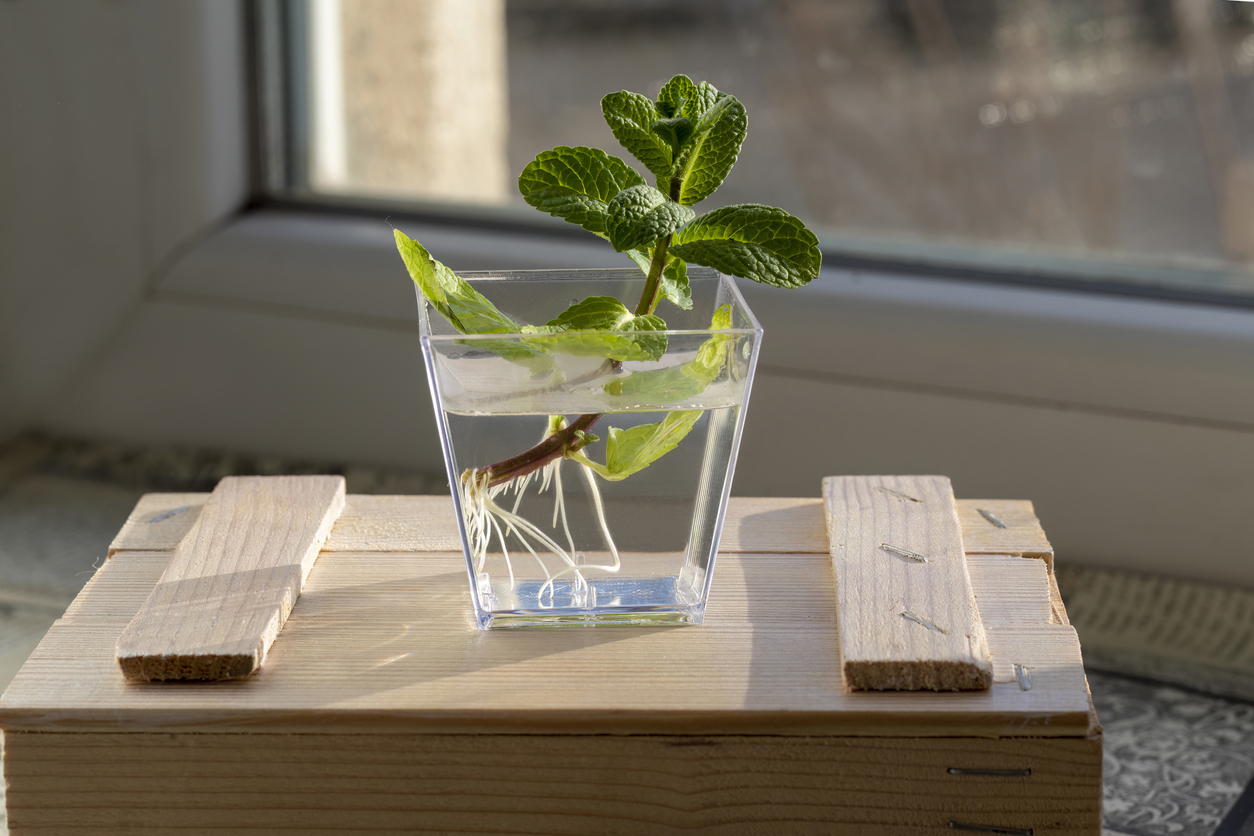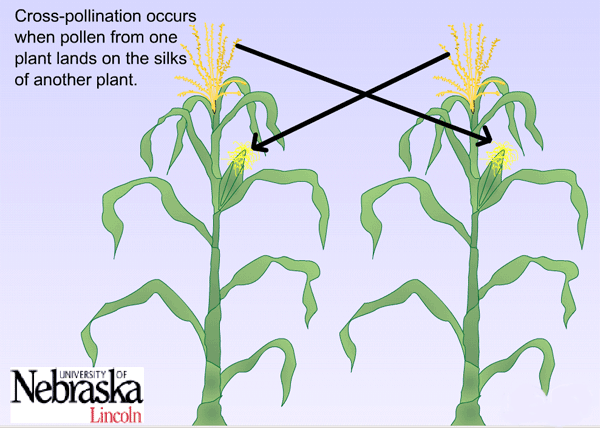Plant Propagation
Students will learn about two types of plant propagation – seed planting (sexual) and stem cuttings (asexual) and recognize the genetic differences in these processes, as well as the advantages and disadvantages of each method.

Background
Lesson Activities
Recommended Companion Resources
Credits
Author
Sue Knott | Minnesota Agriculture in the Classroom
Acknowledgements
- The Living Necklace (seed necklace) activity in Session 1, step 5 was created by Utah Agriculture in the Classroom. A kit with the supplies can be purchased from agclassroomstore.com.
- Cross Pollination Image from http://passel.unl.edu/Image/siteImages/CrossPollinationLG.gif
- Information for Seed to Seed 101 from Seeds! The Promise of Life Published by the National Gardening Association with support from the National Garden Bureau Spring 2002.
- Images for Seed to Seed 101 from http://urbanext.illinois.edu/gpe/case4/c4facts1a.html
Standards
National Content Area Standards
- Career & Technical Education
- AFNR (Grades 6-8): Plant Science Systems Career Pathway
- PS.02.02: Apply knowledge of plant anatomy and the functions of plant structures to activities associated with plant systems.
- PS.03.01: Demonstrate plant propagation techniques in plant system activities.
- AFNR (Grades 6-8): Plant Science Systems Career Pathway
- Science
- MS-LS1: From Molecules to Organisms: Structures and Processes
- MS-LS1-4: Use argument based on empirical evidence and scientific reasoning to support an explanation for how characteristic animal behaviors and specialized plant structures affect the probability of successful reproduction of animals and plants, respectively.
- MS-LS3 : Heredity: Inheritance and Variations of Traits
- MS-LS3-2: Develop and use a model to describe why asexual reproduction results in offspring with identical genetic information and sexual reproduction results in offspring with genetic variation.
- MS-LS1: From Molecules to Organisms: Structures and Processes
